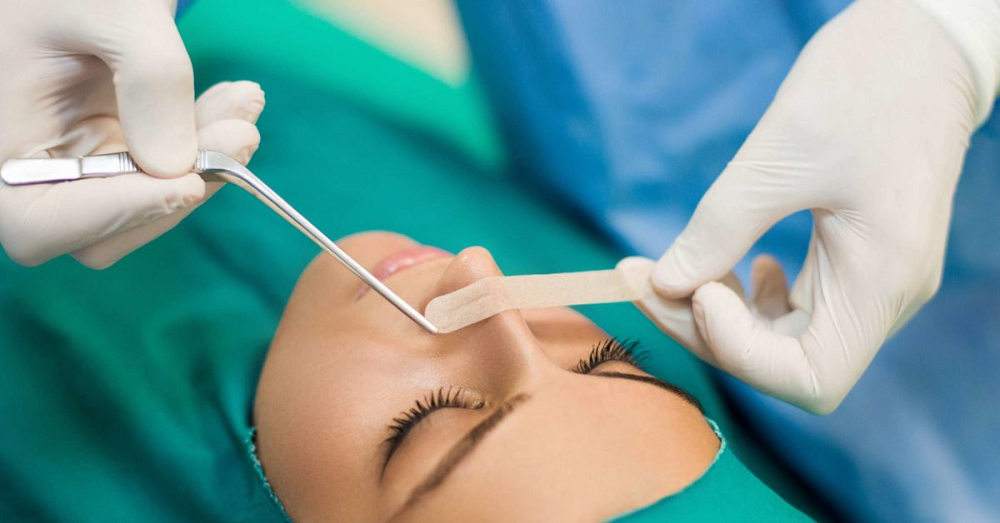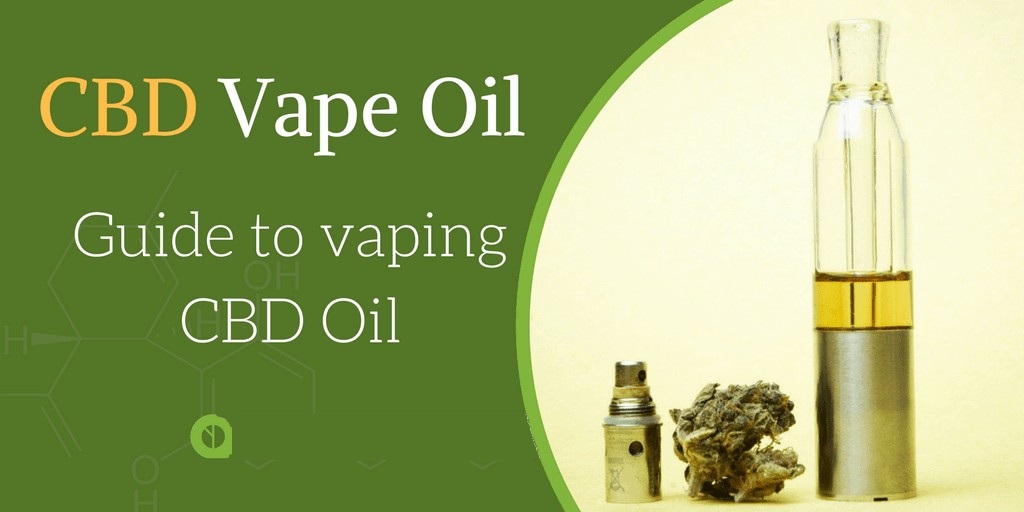People suffer from breathing problems, primarily due to any obstruction in the nose. The obstruction can be due to any structural issue or malfunctioning of the nose. Problems such as the deviated septum, enlarged turbinates, nasal polyps, inflammation of the sinuses are common in the sinuses. Due to their inability to breathe freely, these individuals are more susceptible to suffering from obstructive sleep apnea and snoring. Thankfully, these can permanently be treated with a
Nasal surgery is performed to achieve any one of the following objectives-
- Improve the breathing of a person
- Correct deformities of the nose
- Improve the size and shape of the nose
- Treat any injury to the nose
- Cure obstructive sleep apnea or snoring due to any medical condition
5 Types of Nasal Surgery To Treat Breathing Problems
1. Nasal Polypectomy using Endoscope
Nasal polyps are non-cancerous growths form in the nose and sinuses. Patients who suffer from nasal congestion, blockage round the year, are more prone to developing nasal polyps. Some people with nasal polyps are unable to breathe properly as well as prone to developing sinus infections and loss of sense of smell or taste.
Hence, the procedure of removing the polyps in a surgical procedure is polypectomy. The doctor uses an endoscope to remove these polyps.
The whole procedure is a day-care procedure meaning that the patient can go back home on the same day of the surgery. The recovery is fast.
2. Ethmoidectomy in Functional Endoscopic Sinus Surgery
During this procedure, the doctor removes infected tissue and the bone in the ethmoid sinus that prevents it from draining.
Ethmoid sinuses are those which are found between the eyes and bridge of the nose. If there is an accumulation of mucus in these sinuses, it needs to be drained fast. This is so because the trapping of mucus can get infected and spread to other types of sinuses.
With the help of an endoscope, a flexible tube with a small camera and light in one of the ends, the doctor is able to navigate inside the sinuses. Additionally, the doctor uses a microdebrider which has a tiny curved rotating tip and removes the extra that is causing an obstruction.
3. Rhinoplasty
A couple of people are unable to breathe properly due to their nose size, shape and position. Doctors in such cases suggest them a rhinoplasty. This is the procedure that reduces or increases the size of the nose, narrows the nostrils, reshapes the nose according to the upper lip or change the tip of the nose. This is the procedure which is commonly termed as a ‘nose job’. People choose to undergo this surgery more for cosmetic reasons than breathing problems.
The doctor makes an incision either across the septum or within the nose during a rhinoplasty. After this, they reshape the bone and cartilage. Several times, a person has to undergo rhinoplasty along with septoplasty.
4. Septoplasty
This is an outpatient procedure in which the doctor straightens a crooked nose surgically. It is more sort of a corrective procedure that the doctor performs to straighten the deviated septum. The deviated septum causes uneven airflow through the nasal cavity making it difficult for a person to breathe. Several people deviated septum complain of nasal congestion, headaches, pressure around the eyes. Also, they are more likely to suffer from chronic sinusitis. Thus, people should consider septoplasty as a treatment option as it offers a permanent solution.
5. Turbinate Surgery
There are small structures known as turbinates on the inner wall of the nose that cleanses and moistens the air entering the nasal cavity. Due to allergies, irritation or infection, these turbinates can swell and enlarge. This leads to excessive production of mucus that leads to nasal blockage. Eventually, the person is unable to breathe properly.
The turbinate surgery aims to reduce the size of enlarged turbinates. Also known as turbinoplasty, the doctor repositions or reshapes the turbinates so that people can breathe more freely. The ENT specialist shaves away some of the extra bone and tissue growth on the turbinates with the help of a microdebrider. There are other options of turbinate reduction available at present- radiofrequency or laser which is passed through the nose. During the radiofrequency turbinate reduction, the doctor uses a special needle-like instrument through which they emit energy and the turbinates are reduced.
What Are The Risk and Potential Complications of Nose Surgery?
There are some risks and complications that can occur with nose surgery. In rare cases, the risks can be fatal if not taken care of immediately. Doctors explain that complications can occur during the procedure as well as the recovery period.
Some of the general risks that can occur include-
- Reaction to anesthesia including allergic reactions and difficulty breathing
- Bleeding that can lead to shock
- Blood clotting such as deep vein thrombosis in the leg
- Risk of infection
- Headaches that doesn’t seem to come down
- Damage to the eye, eye socket or related structures
- Meningitis due to skull damage
- Development of brain abscess
- Leakage of spinal fluid
- Permanent loss of sense of taste or smell
- Damage to the nerves resulting in numbness of the upper teeth, nose, palate, nose or face
- Slow rate of healing
- Formation of enlarged turbinates, polyps again and again
- Permanent hole in the septum
- Deviation of the septum or failure to correct the deformed septum
Conclusion
Any type of nasal surgery can treat the condition or reduce the symptoms of that particular condition considerably. This reduces the pain and restores airflow through the nasal passages. Hence, the patient is able to sleep without any disruption, treats dryness in the mouth, and alleviate headaches. Therefore, people should talk to ENT Specialists in case they are considering nose surgery.











